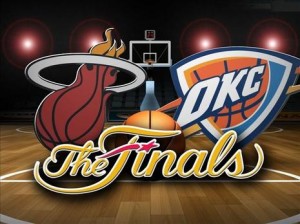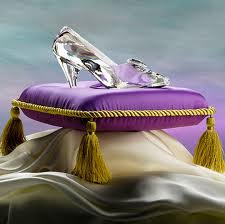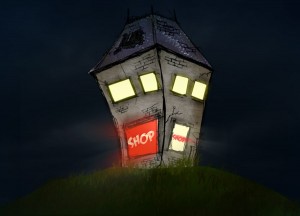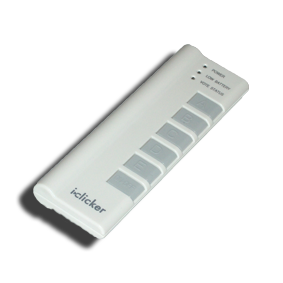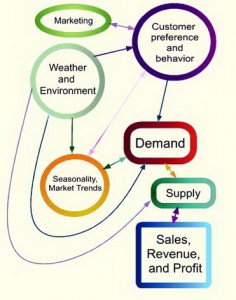In 2007 Apple introduced something called an IPhone which changed the world forever. Each year since 2007 Apple has been releasing new models of the IPhone. This year there newest addition was the IPhone 5. The IPhone 5 is the fastest and thinnest smart phone in the world. Apple sold over five million units within the first couple weeks. This is more than the amount of IPhone 4S that were sold in the opening weeks.
The new IOS6 firmware that was introduced with the IPhone 5 came with a few changes. A lot of people weren’t happy with some of these changes. One of the biggest shockers for users was that the maps application was changed. The previous five IPhones used Google Maps. Google Maps has been the leading maps application for smart phones for a while now, ever since they passed Yahoo and MapQuest.
Apple introduced its own Apple Maps application with the release of IOS6. There have been many complains about this new maps application. People have been complaining that:
- The application has fewer details
- There is no longer an option to select public transportation
- There are misplaced landmarks
These issues aren’t really that big of a deal. Apple was looking at the overall picture when they decided to make the switch from Google Maps to their own. It took Google years to make it to the top of the market with their maps application. People shouldn’t be surprised that apples maps application is not as good as Google’s. The reason is because Apples application is still new. I’m sure that if consumers give Apple some time they won’t be disappointed. For years now Apple has been coming out with mind blowing innovations and I feel that there maps application isn’t any different.
People have been too busy complaining about the small issues that they don’t even realize that apple added the one thing that most users were asking for, turn- by- turn navigation. Apple couldn’t keep Google Maps because Google only allowed turn- by- turn navigation on android devices.
I feel that Apples quality and effort can’t be beat. They have been making top quality products for years and I feel that this is never going to change.
http://news.yahoo.com/analyst-iphone-5-demand-unfazed-map-concerns-212545406–finance.html


